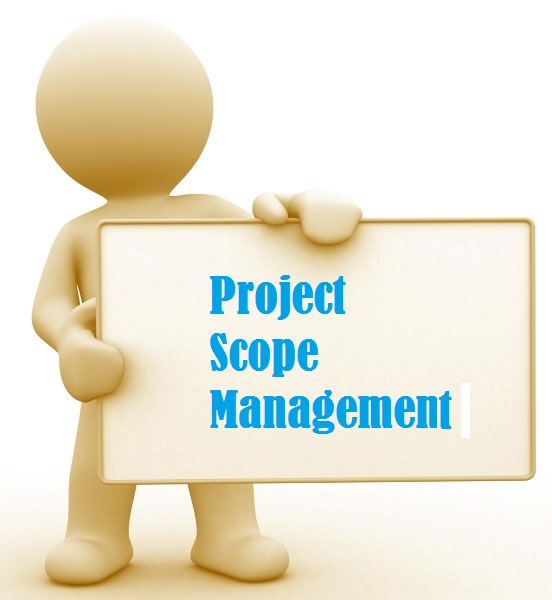Before you start a project, you must define its scope. This is very important stage of the project management because the scope of the project defines the entire course of the project and its life cycle. It is a general practice that stakeholders tend to change their requirements or even attempt to push new requirements to the project. This not only adds to the work but can also impact the morale of the project team if the changes or additions of the requests tend to change the complete course of the project. Therefore, it is not only important but a must to finalize the scope of the project before you start it.
When you define a scope of the project, the main concern for you is to decide on what is inclusive and what is exclusive for the project. Additionally, you must decide on the deliverables of the project.
To define the scope of the project, you take inputs from the project charter, requirements document, and any information available about the risks, constraints, and assumptions associated to the project. It is important to understand that the project scope forms the axis of a project and defining it is an important stage of project planning. Any ambiguity and lack of clarity in the project scope is capable in making the complete project a failure. However, a well defined project scope accepted by the stakeholders can guarantee a success.

One thing you must keep in mind is that any stage of the planning process is iterative. So is true with defining the project scope. You use the project management processes to determine the schedule and budget of the project, which are the integral part of the project scope. It is not always that the management and stakeholders agree to the budget and schedules at just first or initial few iterations. If the project schedule and budget does not meet the management and stakeholders’ expectations, then you might need to balance the project requirements, which in turn is the project scope, with respect to the schedule, budget, and other constraints in the project. This process might need you to fast track some of the activities or schedule compression. After balancing the requirements, you need to present the redefined project scope to the management and stakeholders. You might need to iterate this process several times to come up with the project scope that meets cost, schedule, and scope objectives of the project before the management and stakeholders agree to the project scope and signs it off. The final result of these iterations is a realistic schedule and budget that can accomplish the scope of the project.
However, it is important for you to understand that not every change or additional request is rejected during the life cycle of the project. Changing market conditions and competition products might make it compulsory to make changes to the ongoing project scope. You keep iterating the process of defining the scope of the project throughout the life cycle of the project depending on the requests received from the stakeholders. In this process you keep deciding what is inclusive and what is exclusive for the project.
According to the PBBOK guide of the Project Management Institute, the outcome of this process (the Define Scope process) is the Project Scope Statement document. This document clearly states what an approved project is and what is the scope of the product – the final outcome of the project. The Project Scope Statement document is not an outcome of a day or two but you might take several days to complete this document. To finalize this document you might need to seek expert judgment of several stakeholders within the organization as well as experts from outside the organization. When creating this document, you must identify the areas that some stakeholders want in the scope, but were not approved for adding to the scope of the project. Additionally, in this document you must clarify the ambiguous areas that are capable of adding any misunderstanding to the scope of the project. Therefore, in the Project Scope Statement document, you should not only specify what is included in the project, but also what is not included in the project and such additional are not allowed to be added to the project.
A typical Project Scope Statement document consists of the following sections:
- The scope of the project
- The deliverables of the project
- Acceptance criteria of the product
- What is not included in the project
- Additional risks identified
- Constraints and assumptions for the project




